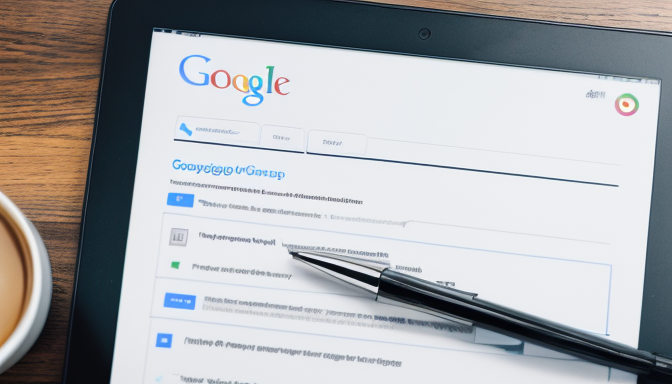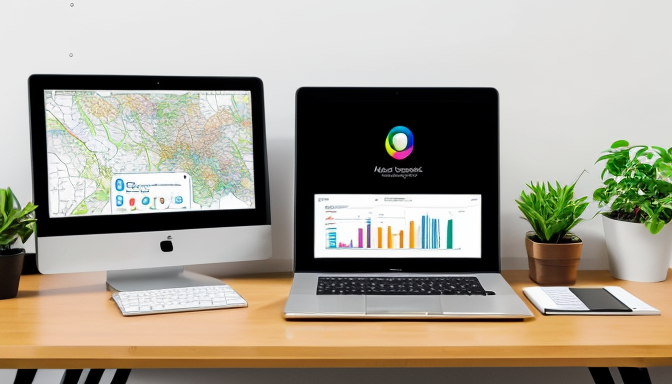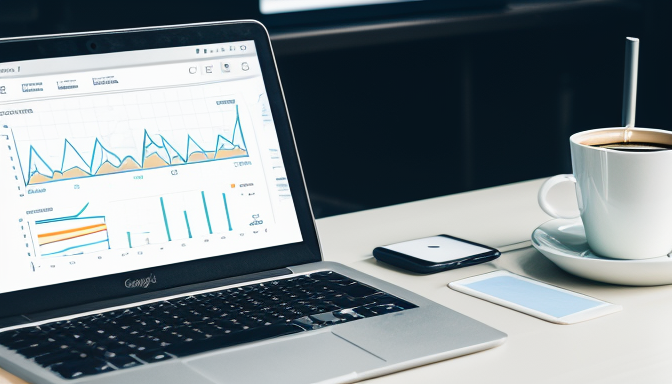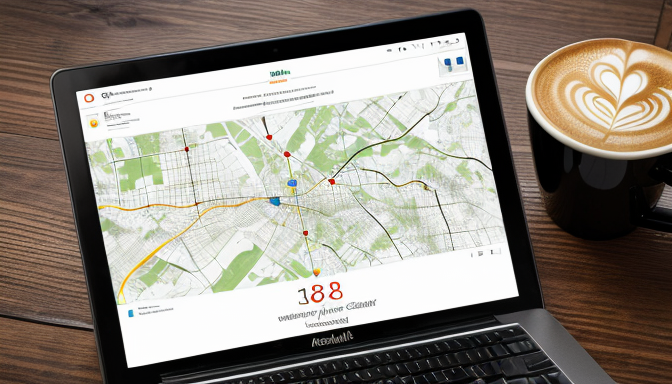
In today’s fast-paced world, reaching your audience effectively is more important than ever. That’s where the idea of targeting local audiences with maps comes into play. Imagine trying to find a cozy café in a new city. What do you do? You pull out your phone, open a map app, and search for the best spots nearby. This simple act highlights how powerful maps can be in connecting businesses with local customers.
So, how do you leverage this tool? First, you need to understand that maps are more than just navigation tools. They are a window into local demographics and preferences. By using mapping techniques, businesses can identify who their local audience is. This means knowing where they live, what they like, and how they interact with their environment. The goal is to create a stronger connection with the community.
When you think about it, identifying local audiences with maps is like piecing together a puzzle. Each location pin represents a potential customer. By analyzing these points, businesses can tailor their marketing strategies. For instance, if a coffee shop notices a high concentration of young professionals in a specific area, they might consider promoting their grab-and-go breakfast options there. It’s all about being smart and strategic.
In addition to identifying your audience, the next step is to optimize your listings on various map platforms. This is crucial for visibility. If your café is not listed correctly, it might as well be invisible. Here are a few best practices to ensure your business stands out:
- Claim your business on Google My Business.
- Fill out all information completely—hours, address, and contact details.
- Use high-quality images that showcase your offerings.
- Encourage satisfied customers to leave positive reviews.
By optimizing your listings, you not only enhance your visibility but also attract the right customers effectively. It’s like putting up a neon sign that says, “Hey, we’re here! Come on in!”
Finally, connecting with local audiences through maps goes beyond just visibility. It’s about building relationships. Engaging content and strategic outreach can help foster a sense of community. Think about hosting local events or collaborating with nearby businesses. This not only increases your reach but also creates a loyal customer base. After all, people love to feel connected to their community.
In conclusion, targeting local audiences with maps is a multifaceted approach. By identifying your audience, optimizing your listings, and connecting with the community, you can create a powerful marketing strategy. So, why wait? Dive into the world of maps and start making those connections today!
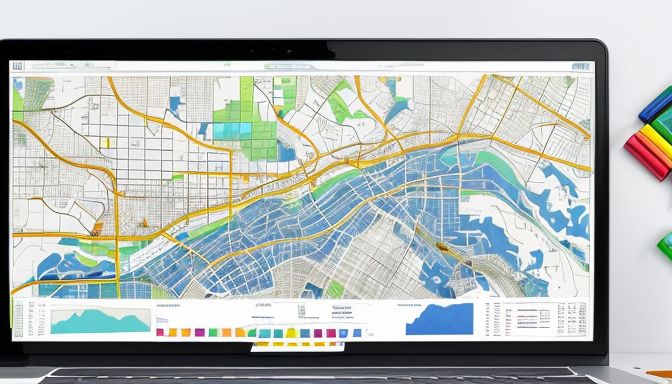
Identify Local Audiences with Maps
Understanding how to can significantly boost your marketing efforts. Think about it: you can have the best product in the world, but if you don’t know who your customers are, how can you sell to them? Maps are not just for navigation; they are powerful tools for discovering where your potential customers live and what they want.
First off, let’s talk about tools. There are numerous mapping tools available that can help you pinpoint local demographics. Google Maps is a great starting point. It provides insights into local businesses, customer reviews, and even traffic patterns. By using this data, you can identify areas with high foot traffic and potential customers. Imagine walking through a neighborhood and knowing exactly which houses are most likely to buy your product. That’s the power of mapping!
Another effective tool is GIS software (Geographic Information Systems). This software allows you to layer different data sets over maps. For instance, you can overlay income levels, age groups, or even shopping habits. This way, you can visualize where your ideal customers are concentrated. It’s like having a treasure map, guiding you to the goldmine of potential sales!
But don’t stop there. You can also use social media platforms to gather data about local audiences. Facebook, for example, offers location-based targeting options. By analyzing which posts resonate with local users, you can refine your understanding of their preferences. Are they more interested in discounts? Or do they prefer community events? Knowing this can help you tailor your marketing strategies effectively.
Let’s not forget about surveys and feedback. Engaging with your community through surveys can provide direct insights into their preferences. You can ask questions like:
- What products do you wish were available in your area?
- How often do you shop locally?
- What influences your shopping decisions?
These questions can help you gather valuable data. You can then map the responses to identify trends. For example, if many people express interest in organic products, you now know where to focus your efforts.
In summary, identifying local audiences with maps is all about leveraging the right tools and data. Whether it’s through mapping software, social media insights, or direct community engagement, the goal is to create a clear picture of who your potential customers are. Remember, the more you know about your audience, the better you can serve them. So, get out there and start mapping your way to success!
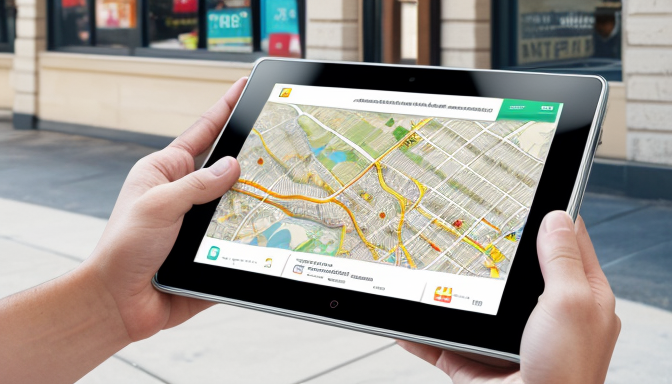
Optimize Listings for Local Audiences with Maps
When it comes to reaching local audiences, optimizing your listings on map platforms is essential. Think of your business listing as your digital storefront. If it’s messy or hard to find, potential customers might just walk right past it. So, how do you make your listing shine? First, ensure all your information is accurate. This includes your business name, address, and phone number. Consistency is key. If your address is listed differently on various platforms, it can confuse customers and hurt your visibility.
Next, consider the power of keywords. Just like how you would search for a pizza place or a coffee shop, people use specific terms when looking for local businesses. Incorporate relevant keywords into your listing. For example, if you own a bakery, include words like “fresh bread,” “cakes,” or “local pastries.” This helps your listing appear when people search for these terms on map services.
Don’t forget about photos. A picture is worth a thousand words, right? High-quality images of your products, storefront, or even satisfied customers can draw people in. Studies show that listings with photos get 42% more requests for directions and 35% more click-throughs to their websites. So, snap some eye-catching pics and upload them!
Another important aspect is customer reviews. Encourage your happy customers to leave positive feedback. Reviews not only build trust but also improve your ranking on map platforms. Responding to reviews, both positive and negative, shows that you care about your customers. It’s like having a conversation with them, making them feel valued.
To summarize, optimizing your listings for local audiences with maps involves:
- Ensuring accurate and consistent information.
- Using relevant keywords to improve searchability.
- Uploading high-quality images to attract attention.
- Encouraging and responding to customer reviews.
By focusing on these elements, you can enhance your visibility and attract more local customers. Remember, your goal is to create a listing that not only provides information but also engages potential customers. Think of it as a warm invitation to your business. So, roll up your sleeves and start optimizing your listings today. It’s a small effort that can lead to big rewards!
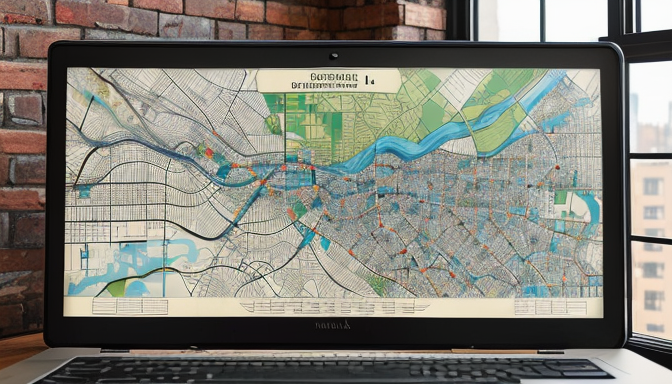
Connect with Local Audiences with Maps
Connecting with local audiences using maps is like finding a hidden treasure. It’s not just about showing where you are; it’s about building real relationships. When you use maps effectively, you can create engaging content that resonates with your community. Think of maps as a bridge. They connect your business to the people who live nearby. But how do you build that bridge?
First, you need to know your audience. Who are they? What do they like? Using mapping tools, you can identify local demographics. This can include age, interests, and even shopping habits. For instance, if you run a coffee shop, knowing that your audience loves cozy spaces and local art can help you tailor your offerings. You can showcase local artists on your walls and create a warm atmosphere that invites people in.
Next, it’s essential to create engaging content. Maps are visual tools, so use them to tell a story. Share interesting facts about your neighborhood or highlight local events. Consider this: when you post about a community festival on your map, you’re not just promoting an event. You’re inviting your audience to be part of something bigger. You’re showing that you care about your community. This builds trust and encourages people to connect with your business.
Another effective strategy is to encourage community involvement. You can use maps to host local events or activities. For example, organize a neighborhood cleanup and mark the meeting point on a map. This not only helps beautify the area but also fosters a sense of community. When people see you actively participating in local events, they’re more likely to support your business. They feel a connection, which is invaluable.
To measure your success, keep an eye on engagement metrics. Are more people visiting your store? Are they interacting with your posts? Use tools like Google Analytics to track how your mapping strategies are performing. This will help you refine your approach and ensure you’re connecting with local audiences effectively.
In summary, connecting with local audiences using maps is about more than just location. It’s about creating relationships, engaging your community, and showing that you care. By using maps as a tool for storytelling and connection, you can enhance your visibility and foster loyalty among your local customers. Remember, the goal is to make people feel like they are part of your journey. So, get out there, engage, and watch your community grow!
Frequently Asked Questions
- How can I identify local audiences using maps?
Identifying local audiences through maps can be done using various tools like Google Maps and demographic mapping software. These tools allow you to analyze local population data, preferences, and behaviors, helping you tailor your marketing strategies effectively.
- What are the best practices for optimizing my business listings on map platforms?
To optimize your business listings, ensure that your information is accurate and up-to-date. Use relevant keywords in your descriptions, encourage customer reviews, and add high-quality images. This will enhance your visibility and attract more local customers.
- How can I connect with local audiences using mapping tools?
Connecting with local audiences can be achieved by creating engaging content that resonates with them. Use mapping tools to highlight local events, promotions, or community involvement initiatives. This fosters a sense of connection and encourages local participation.
- What metrics should I measure to evaluate audience engagement through maps?
To evaluate audience engagement, track metrics such as the number of views on your map listings, customer interactions, and feedback. Analyzing these metrics will help you understand how effectively you are reaching and engaging your local audience.
- Can I use maps for mobile marketing?
Absolutely! Maps are a fantastic tool for mobile marketing. With the rise of smartphones, using location-based services can help you reach customers on the go. Make sure your listings are mobile-friendly to capture this audience effectively.

